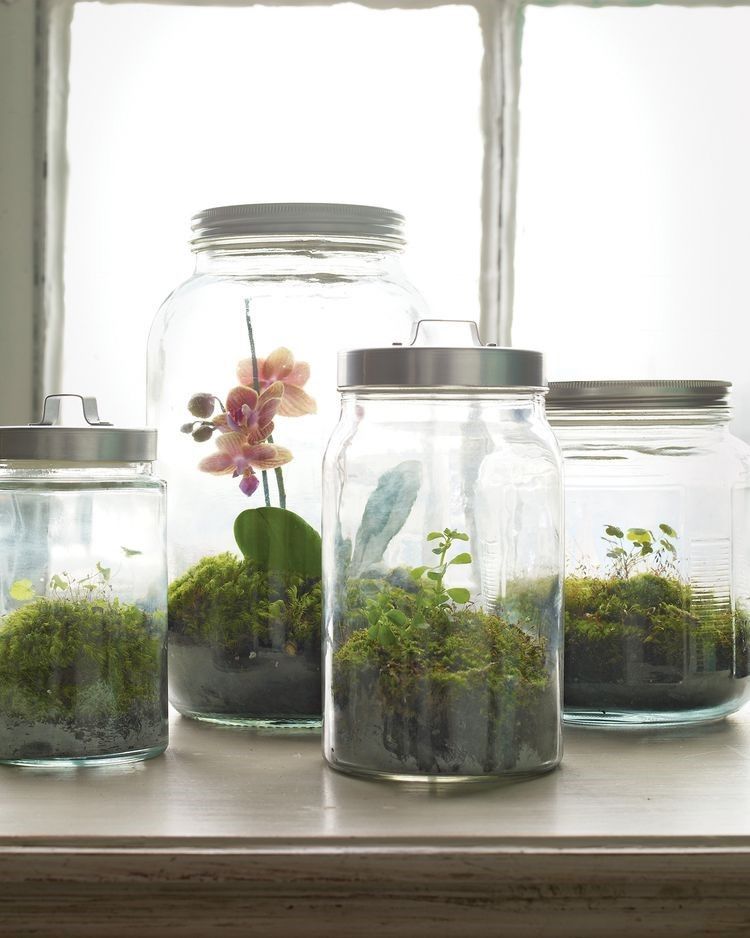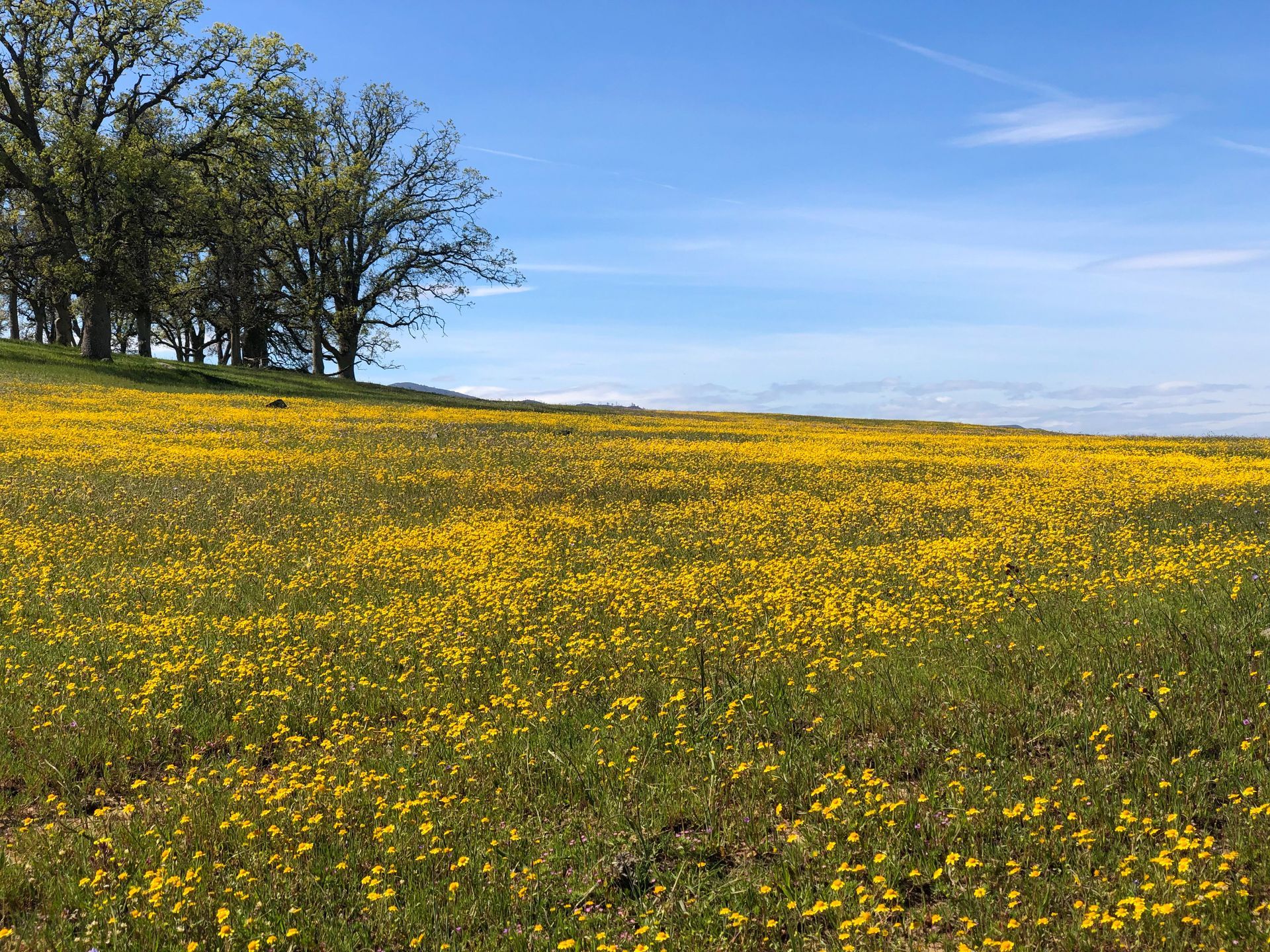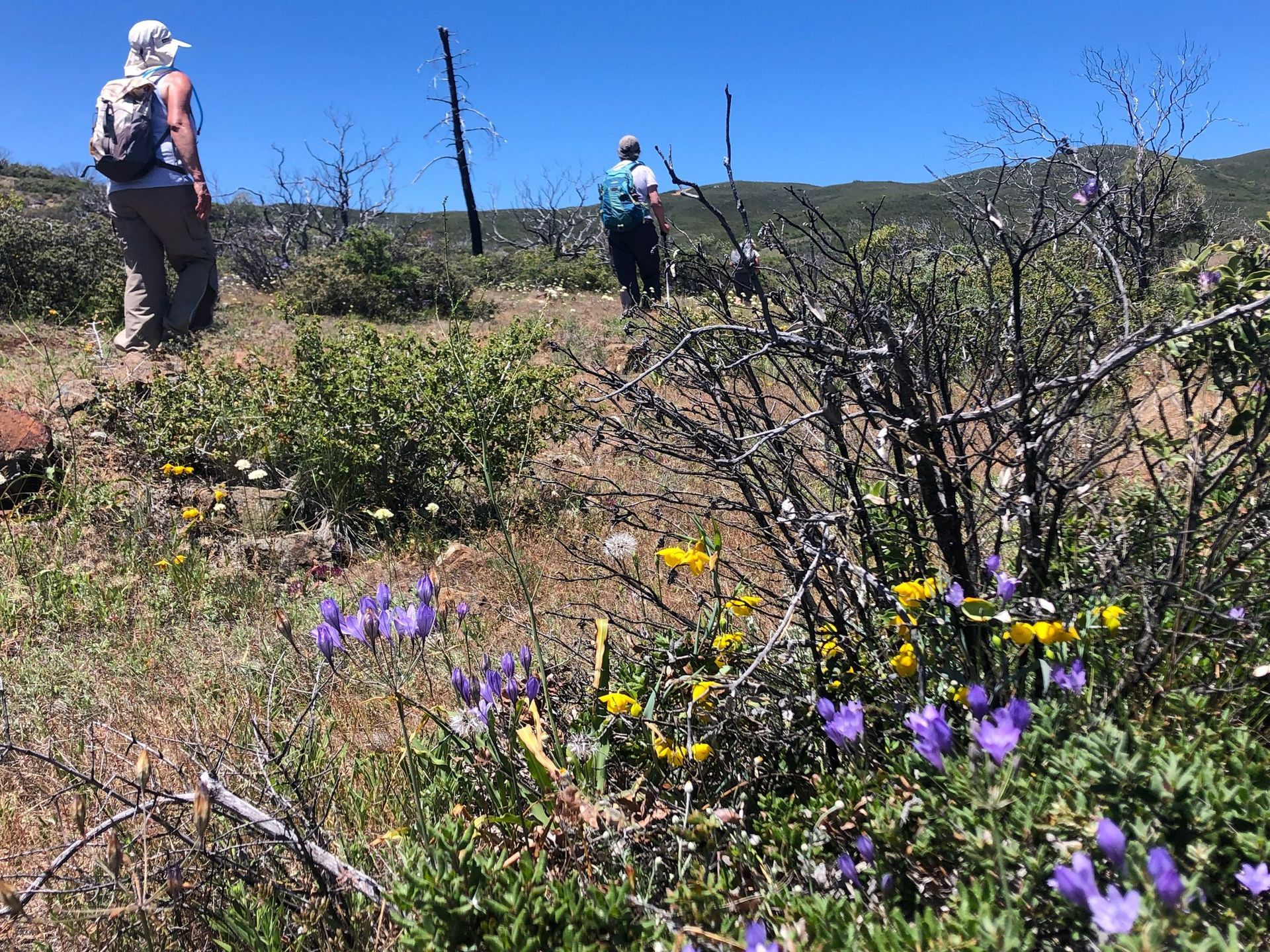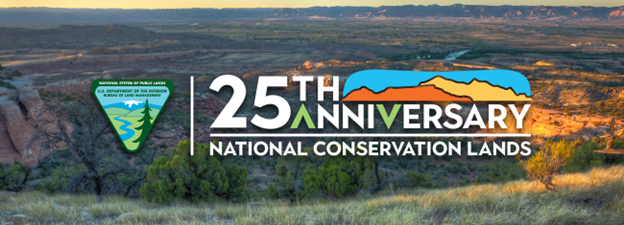Enjoying Outside, Inside - Terrariums

A terrarium is an indoor garden. It is generally in a glass container and can either be sealed or open to the atmosphere. Sealed terrariums usually contain plants that thrive in warm, humid environments while an open terrarium can support many other types of plants including those typically found in arid environments. They are useful for plant propagation as well as plant and animal observation but mainly they are just a lovely bit of outdoors made for indoor enjoyment. Even those that may consider their thumbs a little less than green can usually keep a terrarium healthy.
A sealed terrarium requires very little maintenance because they are primarily self-sustaining. As the moist soil and plants release water vapor it is collected on the walls of the terrarium and runs down back into the soil to be used again by the plants thus, recycling the water in the sealed container. A sterile soil mix containing peat moss, vermiculite and perlite is a good growing medium for all terrariums. This mix provides the ideal growing conditions for tropical plants while reducing microbial growth. Slow growing, tropical plant species typically do the best in sealed terrariums as the conditions in the container mimic their native, warm and humid environments. Moss, small ferns, carnivorous plants, orchids and air plants do well. In fact, air plants can be very difficult to propagate outside of a sealed terrarium. If too much water vapor collects, the container can be opened once a week to allow some fresh air to enter and hinder the growth of algae or mold. If the plants look wilted or you don’t see any water droplets on the sides of the container, this may indicate that the terrarium is too dry. A spritz with a spray bottle is the best way to give them a little drink. Fun fact, cute little springtails may be used to consume mold that may be growing inside your sealed terrarium. Here is an article if you’d like to learn more about springtails and terrariums.
If you prefer to use plants that like a less humid environment an open terrarium would be a great option. Open terrariums also work well for plants that need more sunlight as sealed terrariums trap heat and can get too warm if exposed to a lot of direct light (think greenhouse effect). Open terrariums also have a reduced risk of disease because of their lower moisture content. However, they do need to be watered more frequently due to evaporation and exposure. Usually watering only every three to six weeks is enough but it’s best to check the soil moisture rather than water on a schedule. The types of plants and how many there are will help determine how often to water as well. If you over-water your terrarium may get gnats or mealy bugs. If this does happen, insecticidal soap can help get rid of them without harming the plants but simply not overwatering is the best plan.
If you’d like to try making your own sealed or open terrarium, you’ll need a transparent container (plastic or glass), growing medium, pebbles for a drainage layer, activated charcoal, decorative rocks, wood or moss (if you’d like) and plants that will stay fairly small and are suited for the type of terrarium you’d like to make. Empty aquariums, fish bowls, vases or even an empty soda bottle work nicely for containers. Fill the bottom of your container with the pebbles. Since there are no drainage holes in a terrarium, you’ll need to provide something to keep the plants roots from getting soggy. Next put down a layer of activated charcoal to help with drainage and any musty odors that might occur. Then, fill your container with a thick layer of the growing medium but reserving some to fill in around the plants. Make divots in the soil for each plant deep enough for them to stand upright and still allowing room for the roots to be able to spread. Then, add more of the growing medium around them and press it all down slightly to help the plant stay stable – it should be buried about as deep as it was in its nursery pot. You can then add pebbles, larger rocks, moss, wood or any other decorative items you’d like. The types of plants you chose will depend on whether you want to make a sealed or open terrarium. If you’re ready to make your own terrarium, here is a thorough article on how to make your own. Enjoy your mini garden inside, all year long!
-Kristie Ehrhardt (kehrhardt@tuleyome.org)
Tuleyome Land Conservation Program Manager
RECENT ARTICLES






